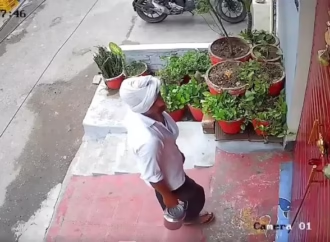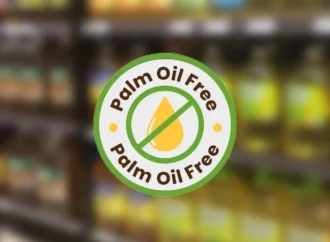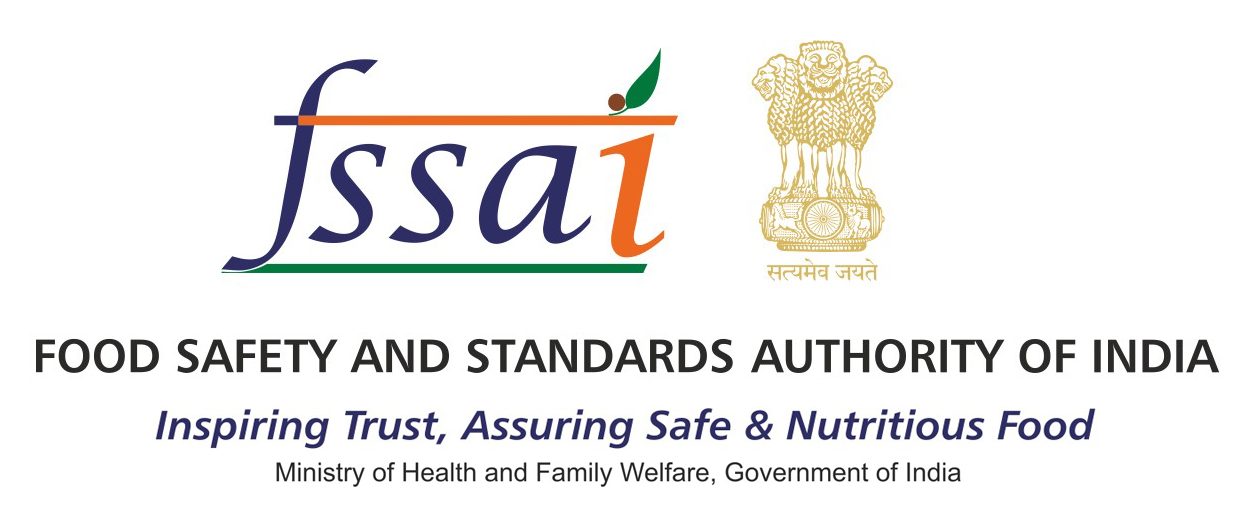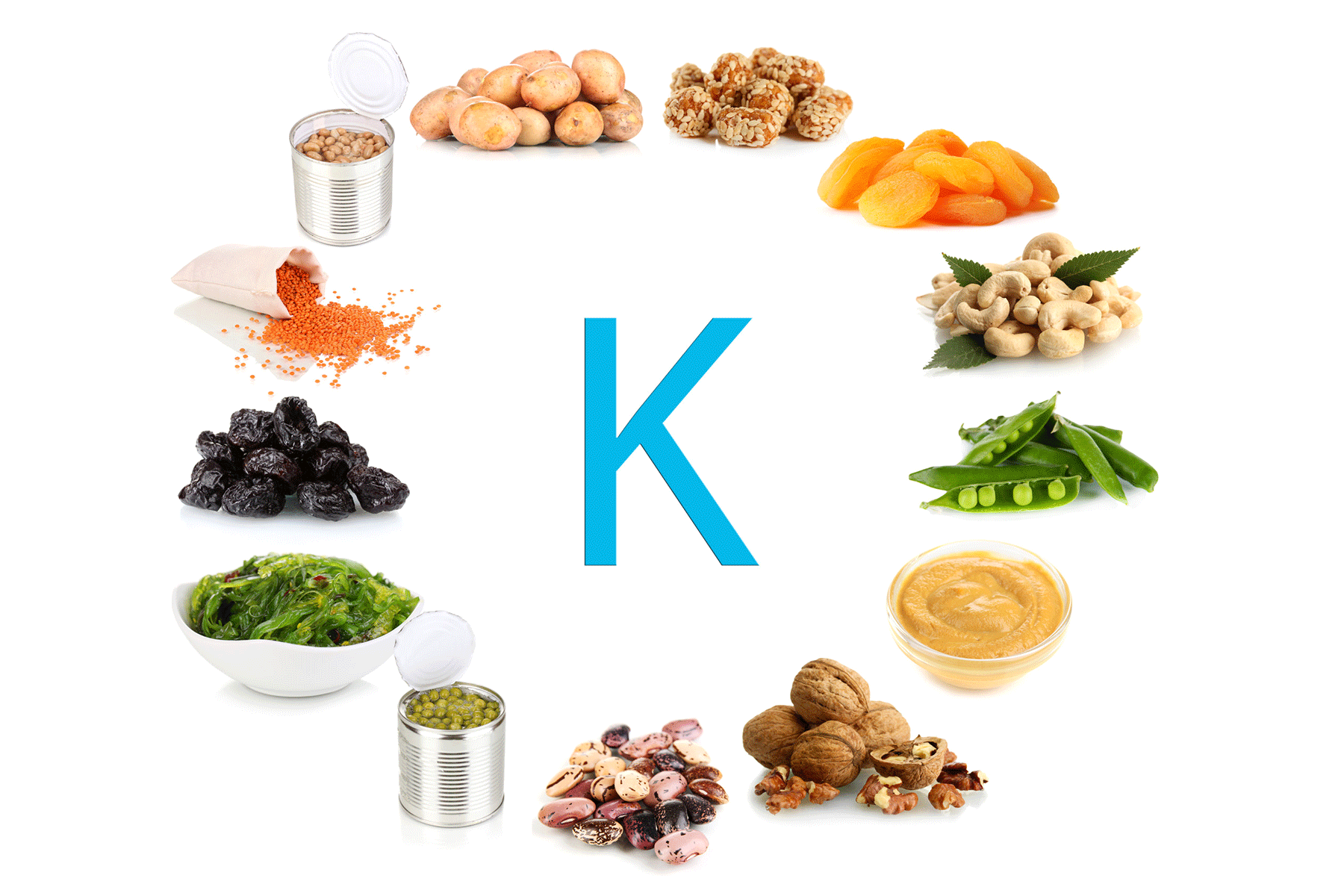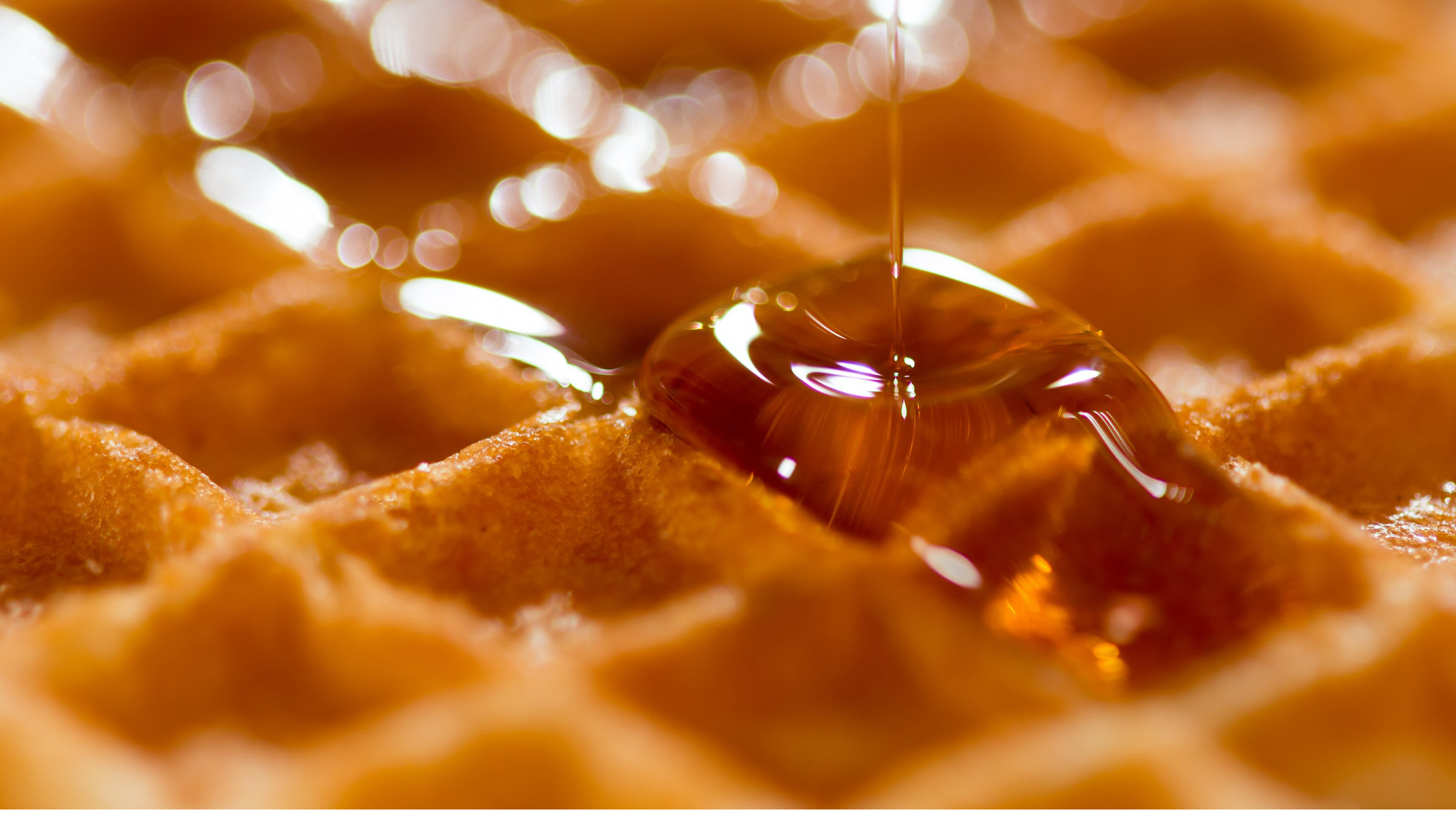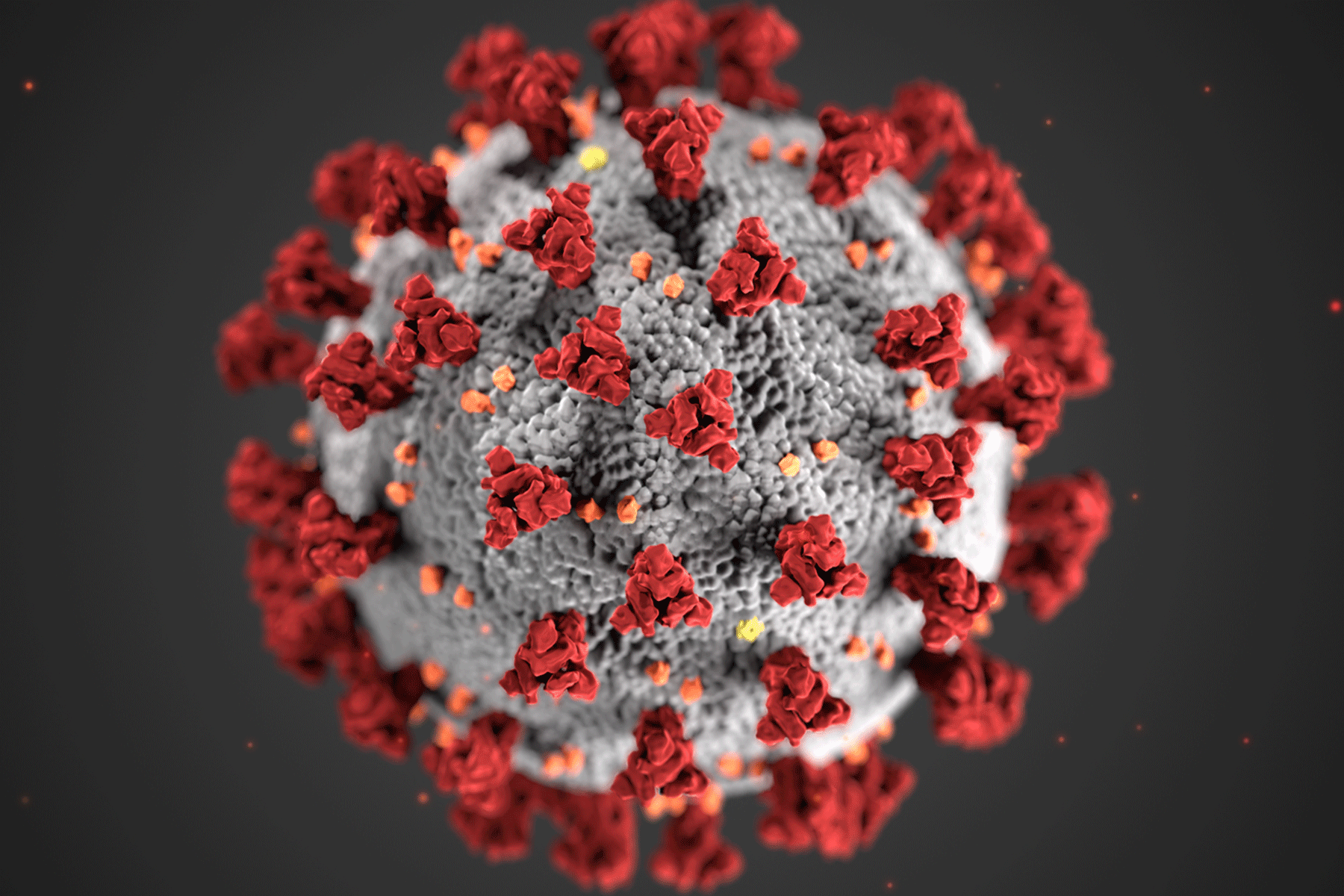That bright green colour in your peas might be hiding a toxic secret! A viral video with over 22.5 million views exposed how traders dye yellow peas, dry them, deep-fry, and pack them to look fresh. Karnataka’s food safety tests found harmful colours like Malachite Green—linked to allergies, organ damage, and even cancer—in 26 out of 31 samples. Want to check at home? Soak peas in water—if the water turns green, they’re adulterated! Authorities are cracking down, but awareness is your best protection. Stay alert, because not all greens are safe!
Widespread Adulteration Uncovered
Recent tests conducted in Karnataka found that out of 31 samples of fried green peas, 26 contained excessive artificial colours. Officials are now testing an additional 75 samples, and legal action is underway based on the analysis results. The issue is not just limited to fried peas; even raw green peas have been found adulterated with synthetic dyes.
Food adulteration is a growing concern in India, where traders often use deceptive practices to boost sales. The demand for bright, fresh-looking vegetables leads to the rampant use of artificial dyes, some of which are industrial chemicals unfit for human consumption.
How Are Green Peas Adulterated?
Unscrupulous traders use artificial food dyes to enhance the visual appeal of green peas, making them appear fresher and greener. The most commonly used synthetic colourants include:
- Green S – A triarylmethane dye used in processed foods.
- Fast Green FCF – A turquoise synthetic dye found in ice creams and cereals.
- Green 3 – A synthetic pigment that gives peas an unnaturally bright hue.
Even more concerning is the use of Malachite Green, a textile dye known for its toxic effects. Originally used as an antifungal and antibacterial agent in aquaculture, this chemical is now being misused in food, despite its well-documented health risks. Malachite Green has been banned in several countries, but reports indicate its continued usage in food products in India due to weak enforcement of regulations.
Viral Video Exposes Adulteration Process
A recent viral video posted by the Instagram handle heresmyfood has shed light on how green peas are adulterated. The video, which has garnered over 22.5 million views, showcases the process of turning yellow peas into artificially green peas. Traders reportedly:
- Soak yellow peas in artificial colours.
- Dry them under the sun to ensure the colour sets uniformly.
- Deep-fry the peas for around 10 minutes.
- Use a machine to remove excess oil.
- Mix them with salt before packaging them for sale.
This deceptive process makes the peas look fresh and appealing, but they are laden with harmful chemicals. The ease with which this adulteration occurs highlights the urgent need for better monitoring and stricter enforcement of food safety laws.
Health Risks of Artificial Colors in Green Peas
Excessive consumption of artificially coloured peas can have severe health consequences, including:
- Allergic Reactions – Skin rashes, itching, and respiratory issues.
- Digestive Disorders – Nausea, vomiting, and gastric discomfort.
- Organ Damage – Long-term exposure can harm the liver and kidneys.
- Carcinogenic Effects – Studies suggest that prolonged consumption may increase the risk of cancer.
Since many of these dyes are non-food-grade chemicals, their accumulation in the body over time can cause chronic health problems. Children, pregnant women, and individuals with pre-existing conditions are particularly vulnerable to these toxic substances.
How to Detect Adulteration at Home?

To ensure food safety, you can perform a simple test at home:
- Take a handful of green peas in a transparent glass.
- Add water and stir well.
- Let it sit for 30 minutes.
- If the water turns green, the peas are adulterated with artificial colour.
Additionally, rubbing green peas on a piece of wet white cloth can also reveal traces of artificial colouring. If the cloth gets stained, the peas are likely adulterated.
Conclusion: Stay Vigilant, Stay Safe
Green peas are highly nutritious, but consuming adulterated ones can pose serious health risks. It is crucial to be aware of these practices and adopt simple home tests to ensure food safety. Always buy from trusted sources, avoid overly bright-coloured peas, and report any suspicious-looking food items to food safety authorities.
By staying informed and cautious, we can protect our health and advocate for stricter regulations against food adulteration. Increased public awareness and proactive measures can help curb this dangerous practice, ensuring safer food for everyone.
 Food Manifest
Food Manifest 
